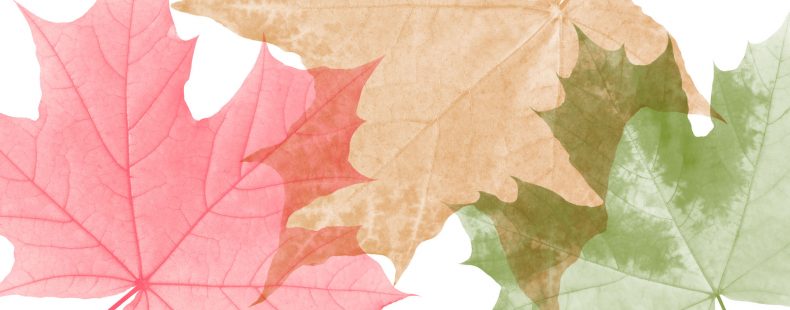⚡ Quick summary
The names autumn and fall are both commonly used. Autumn is thought to be slightly older, appearing in the 1300s, with the word fall first appearing around the 1500s in reference to leaves falling off trees. An even earlier name for the season is harvest.
’Tis the time of colorful foliage, crisp air, the first frost, and pumpkin spice. It’s many people’s favorite season—and it’s the only one with more than one commonly used name. But what to call it—autumn or fall? And what came first?
Prepare for the dawn of sweater weather with some insights into the origins of fall and autumn—and another, even older name for the season.
Where does the word autumn come from?
The word autumn comes from the French autompne, from the Latin autumnus, whose deeper roots are obscure. It’s first recorded in English as early as the late 1300s—notably, both Chaucer and Shakespeare used it in their works.
Today, speakers of American English commonly use both fall and autumn to refer to the season, though fall became more common in the US by the late 1800s. Speakers of British English largely use autumn or the autumn season.
Why is it called fall?
Recorded use of the word fall as the name of the third season of the year comes from as early as the 1500s. The name is thought to originate in the phrase the fall of the leaf, in reference to the time of year when deciduous trees shed their leaves. The name of its inverse season, spring, is thought to come from the phrase spring of the leaf—the time when everything is blossoming.
The name fall was commonly used in England until about the end of the 1600s, when it was ousted by autumn.
The multiple senses of the word fall come in handy for the helpful reminder “Spring Forward, Fall Back,” which serves as a mnemonic about how to set our clocks for daylight-saving time.
When is fall?
In the Northern Hemisphere, fall is roughly between August and November, technically lasting from the autumnal equinox (often referred to as the September equinox because it occurs around the end of September) until the winter solstice (around the end of December). In the Southern Hemisphere, where the seasons are flipped, fall is roughly between the end of March and the end of June.
Discover all the facts about equinox vs. solstice here.
Another (even older) name for fall and autumn season
The earliest known name for the season in English is harvest. It comes from the Old English word hærfest, of Germanic origin, perhaps with an underlying, ancient sense of “picking, plucking” (as in, picking fruits to harvest them).
Eventually, the use of harvest as a name for the season fell out of use, instead becoming used for the period when ripened crops are harvested—gathered for processing and winter storage. The word harvest can also refer collectively to those ripened, gathered crops themselves.
Can you quickly tell the difference between a squash and a gourd? Learn more here.











